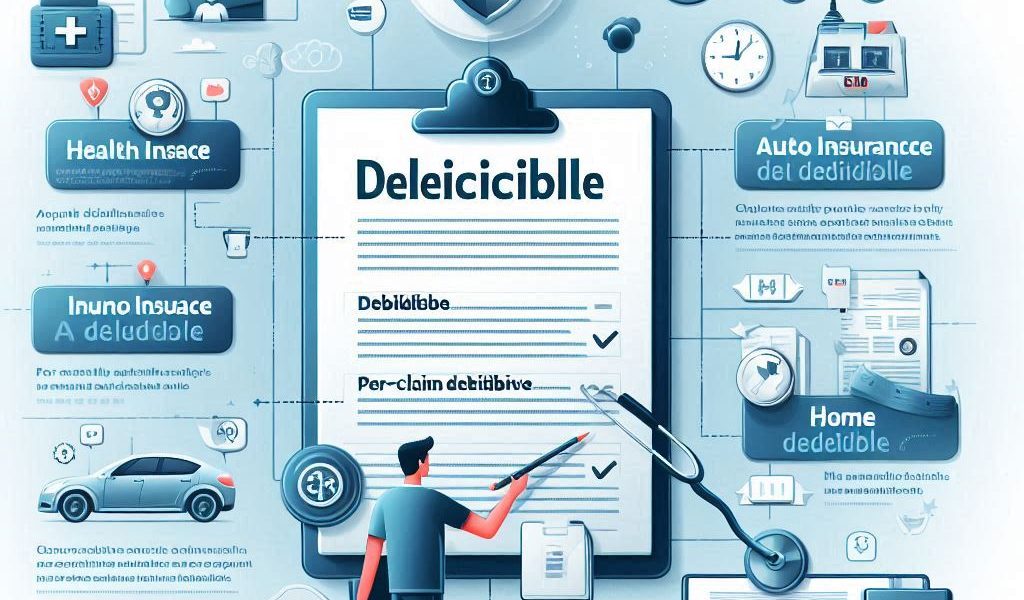When it comes to choosing insurance, whether it’s life, health, car, or home insurance, it’s essential to make an informed decision. With so many different policies available, comparing them effectively can feel overwhelming. However, taking the time to compare options can save you money, ensure you get the coverage you need, and give you peace of mind that you’ve made the best choice for your financial security.
In this blog post, we’ll walk you through the key factors to consider when comparing insurance policies and provide tips on how to assess the policies to find the right fit for your needs.
Why is Comparing Insurance Policies Important?
Insurance policies can vary significantly in terms of coverage, premiums, exclusions, and customer service. By comparing insurance policies, you can:
- Find the best value for your money: Make sure you’re getting the coverage you need at a competitive price.
- Avoid overpaying for unnecessary coverage: Not all policies provide the same benefits, so understanding the details can help you avoid paying for things you don’t need.
- Get the right protection: Comparing policies ensures you choose the one that best meets your personal or business needs.
- Minimize gaps in coverage: Some policies may leave gaps or exclusions that can leave you unprotected in certain situations.
Key Factors to Consider When Comparing Insurance Policies
Here are some critical factors to keep in mind when comparing insurance policies:
1. Coverage Options
Different policies offer different types of coverage. It’s important to ensure that the policy you choose covers all the essential areas you need protection for. For example:
- Health insurance: Does it cover both emergency care and routine check-ups?
- Homeowners insurance: Does it protect against fire, theft, natural disasters, and personal liability?
- Car insurance: Does it cover both damage to your vehicle and damage to other vehicles or property?
Tip: Carefully read the policy details to understand what is covered and what is excluded. Some policies may offer add-ons or optional coverage that can be beneficial based on your specific needs.
2. Premiums
The premium is the amount you pay for the insurance coverage. While it’s tempting to choose the cheapest option, this isn’t always the best approach. A lower premium might come with higher deductibles, limited coverage, or fewer benefits.
Tip: Compare premiums while also considering the overall value of the policy. Sometimes paying a little more for additional coverage or lower deductibles can save you more money in the long run.
3. Deductibles
The deductible is the amount you must pay out of pocket before the insurance company starts covering the costs. A policy with a lower premium may have a higher deductible, and vice versa. It’s essential to understand how much you would have to pay in case of a claim.
Tip: Consider your financial situation when selecting a deductible. While a higher deductible can lower your premium, make sure it’s an amount you can afford in case of an emergency.
4. Exclusions
Every insurance policy has exclusions, which are situations or items not covered by the policy. For example, many car insurance policies may exclude coverage for accidents that occur when driving under the influence of alcohol or drugs.
Tip: Carefully review the exclusions of each policy to understand the limitations. If there are specific risks or items you need coverage for, make sure they are included or consider additional coverage options.
5. Customer Service and Claims Process
The quality of customer service and the claims process can significantly affect your experience with an insurance provider. Research how well the company handles claims, how responsive their customer service team is, and the ease of filing a claim.
Tip: Look for customer reviews, ratings, and feedback from current or past policyholders. Insurance companies with a reputation for good customer service and efficient claims processing tend to offer a better overall experience.
6. Policy Limits
The policy limit is the maximum amount your insurance company will pay out for a covered claim. Ensure that the policy limits are adequate for your needs. For instance, with health insurance, you may want a higher limit if you are anticipating significant medical expenses.
Tip: Ensure that the policy limits align with your requirements. For example, if you’re purchasing life insurance, consider how much money your beneficiaries will need to maintain their lifestyle and pay off debts.
7. Add-Ons and Riders
Many insurance policies offer add-ons or riders, which are additional benefits that can be added to the base policy for extra protection. For example:
- Life insurance: You might be able to add a critical illness rider for additional coverage in case of serious health conditions.
- Car insurance: You may be able to add roadside assistance or rental car reimbursement.
Tip: Consider any riders or add-ons that are relevant to your situation. While they may increase your premium, they could provide valuable protection.
Steps to Effectively Compare Insurance Policies
Step 1: List Your Needs and Priorities
Before you start comparing policies, list what is most important to you. For example, if you’re comparing life insurance, your priorities may include a high payout for your beneficiaries. For health insurance, you may prioritize coverage for specific treatments or low out-of-pocket costs.
Step 2: Get Multiple Quotes
Reach out to several insurers or use an online comparison tool to get quotes from multiple providers. This will give you a better sense of the cost range and what’s available.
Step 3: Compare Policies Based on Key Factors
Take the time to compare the factors mentioned earlier, such as coverage, premiums, deductibles, exclusions, and customer service. You can create a simple comparison chart to make the process easier.
Step 4: Read the Fine Print
Insurance policies often contain detailed terms and conditions that can affect your coverage. Be sure to read through all the fine print before making a decision.
Step 5: Review Customer Feedback
Check reviews and ratings on independent sites to get an idea of how the insurance provider handles claims, customer service, and overall satisfaction. A lower price might not be worth it if the company has a poor reputation.
Step 6: Consult an Expert
If you’re unsure about which policy is best for you, consider consulting with an insurance advisor or financial planner. They can help you understand your options and choose the right policy based on your unique needs.
Conclusion
Comparing insurance policies is an essential step in securing the right coverage at the right price. By carefully evaluating coverage options, premiums, deductibles, exclusions, and customer service, you can make an informed decision that will provide you with the financial protection you need. Remember to consider the long-term value of the policy and how it aligns with your personal or family needs.



